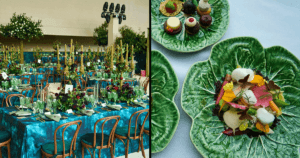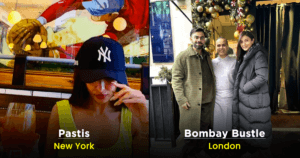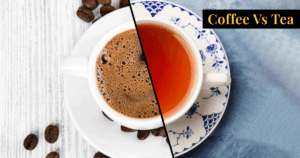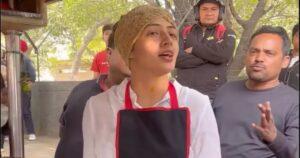Why potatoes? Well, my friend you seem to have underestimated your mom’s favourite root/vegetable. And we’re about to throw some amazing facts about the starch root your way. Let’s just say batata vadas and aloo chaats might’ve never made it to our tummies if we weren’t colonised by the Europeans and made friends with the Portuguese.
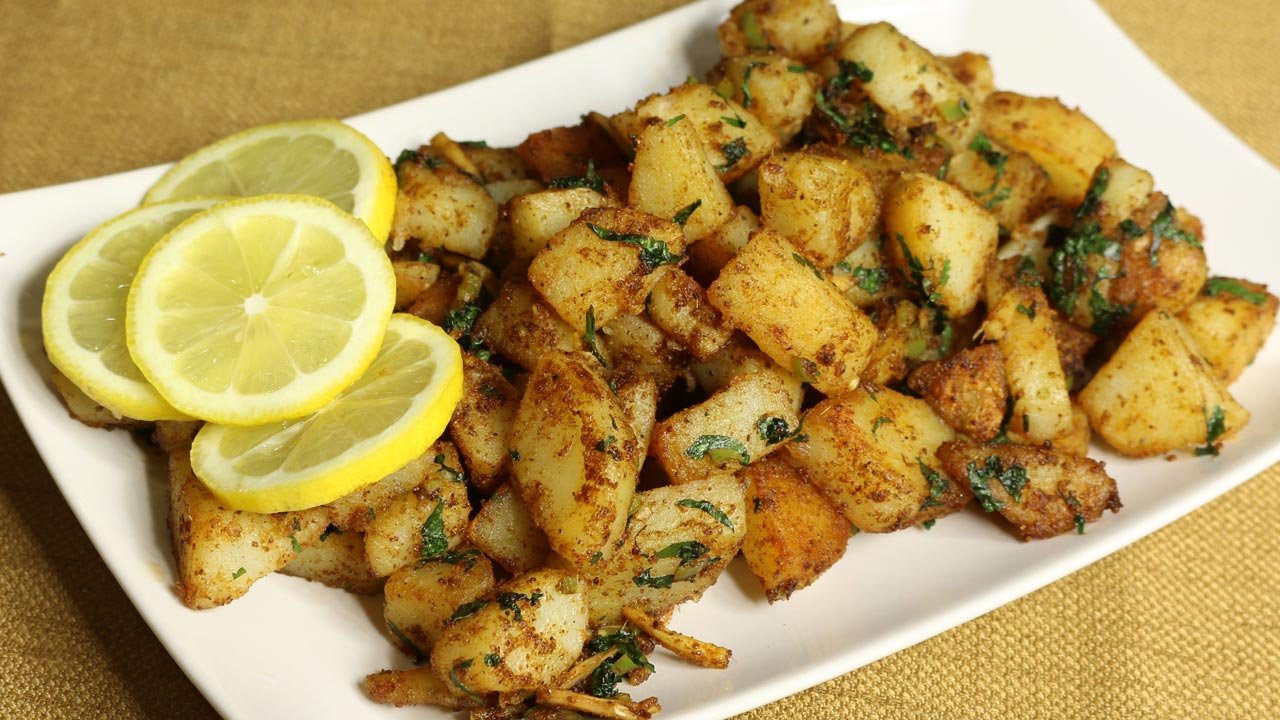
2008 was celebrated as the International Year of the Potato, and with good reason.
We’re not just saying it; potatoes happen to be the most consumed tuber or root across the world. In fact, just last year, an epic 36 crore tonnes of potatoes were harvested around the world. In 2012, India was the second largest producer of potatoes following China and there’s good reason why Shimla has the headquarters of the Central Potato Research Institute to keep a keen eye on the potatoes in the country. All because, upto 85% of the whole plant is edible, it can be farmed where land is limited, labour abundant and climate not so conducive. But enough of this technical mumbo jumbo. Clearly, the world loves potatoes and we’re first in line.
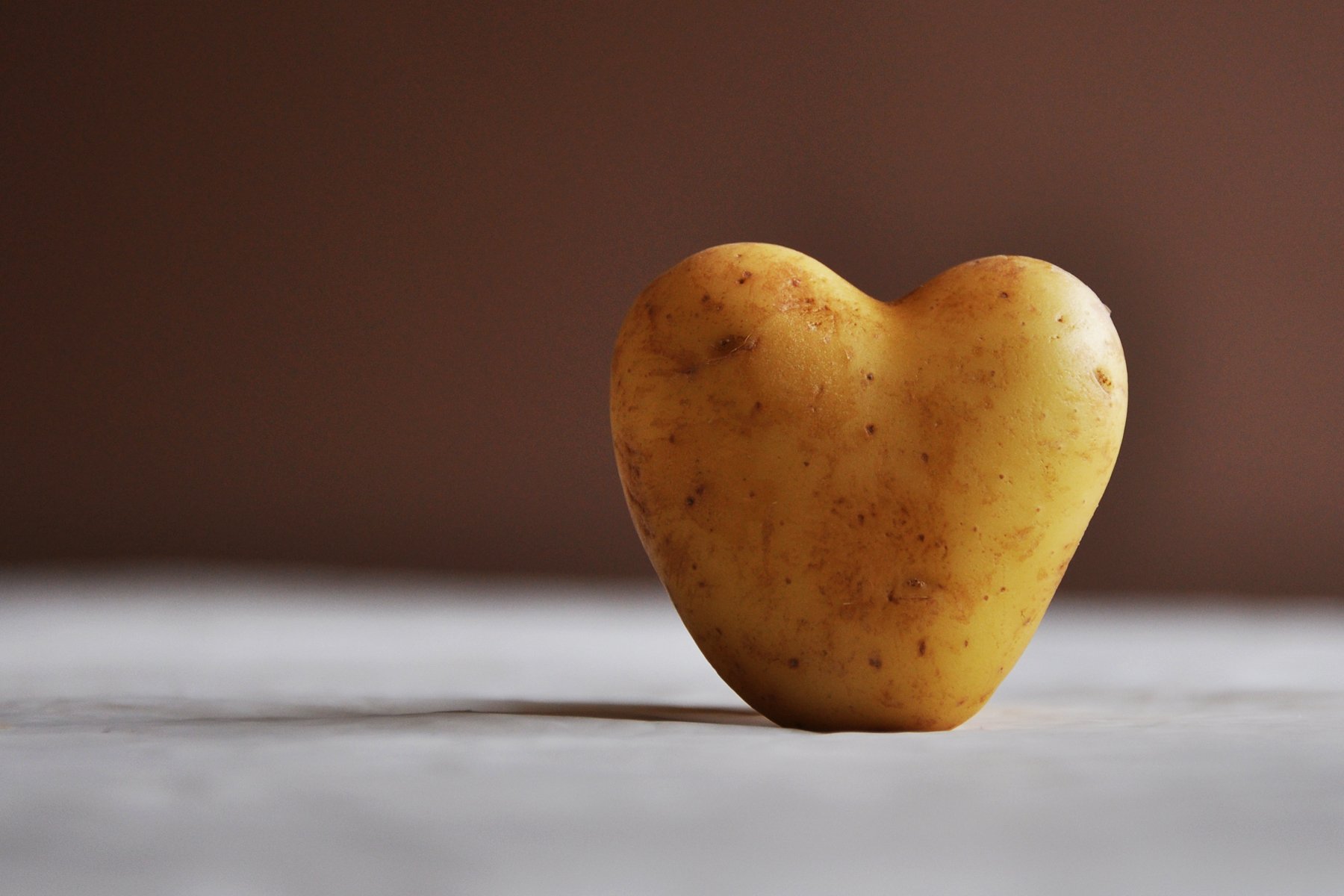
The tuber finds its origins in South America, dating back to what could be 10,000 years.
Although, there is no exact archaeological record of the tubers that have been preserved to pin point exactly the history of the food, the earliest verified tuber remains are dated back to 2500 BC in Peru. But it was in the 16th century that European sailors who travelled to the Andes to fetch silver, came back with ‘gold’. And potatoes went viral across the food network.
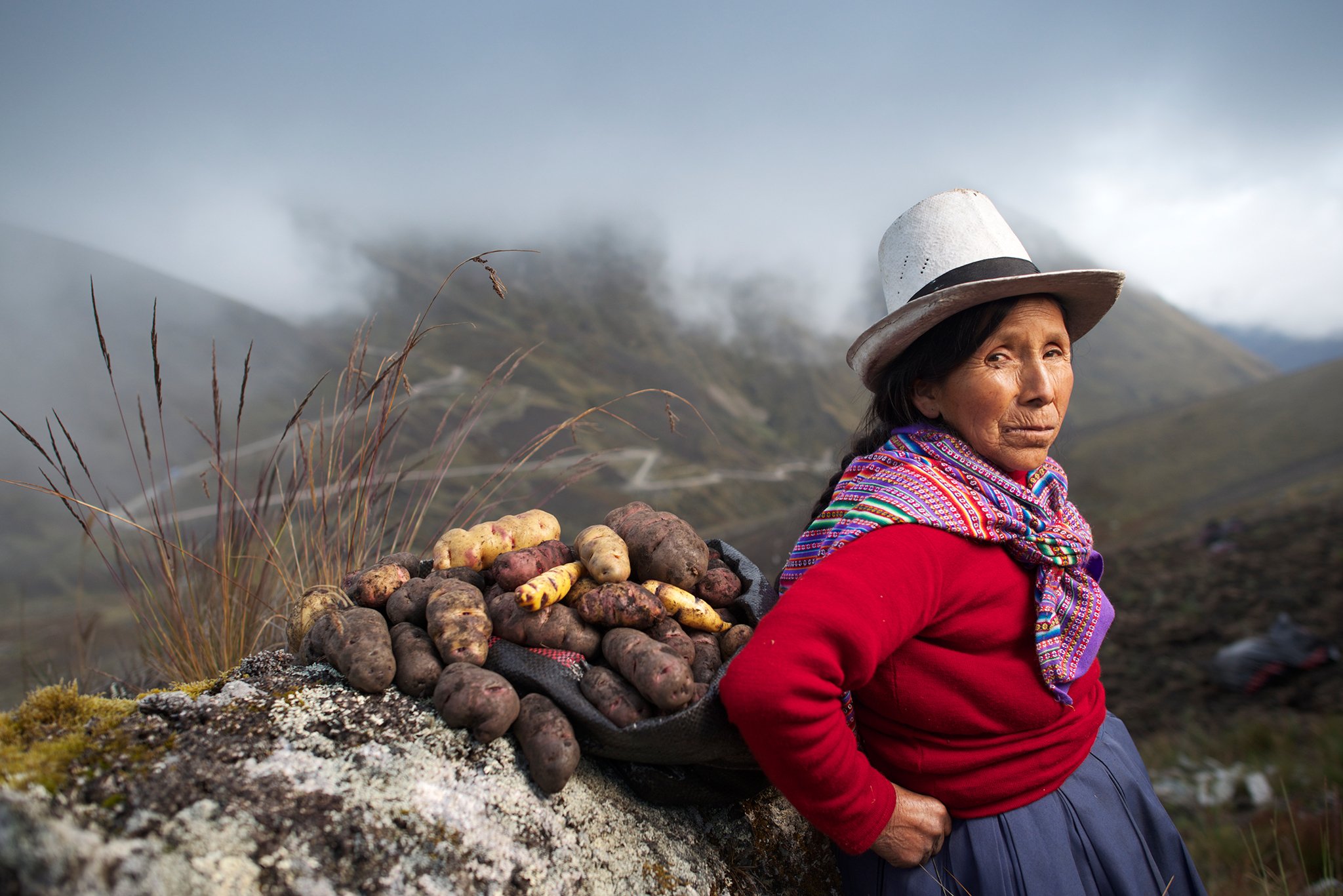
The sailors returned with maize and potatoes for their trip across seas and ended up planting the tuber in the British Isles.
And the Brits fucking loved it. They went so gaga over the root that soon it became one of the most consumed food item in their inventory and they just had to carry it around with them on their missions to take over the rest of the world. By early 17th Century, the Europeans had helped potatoes diffuse across Asia, panning across China, India and many, many other places.
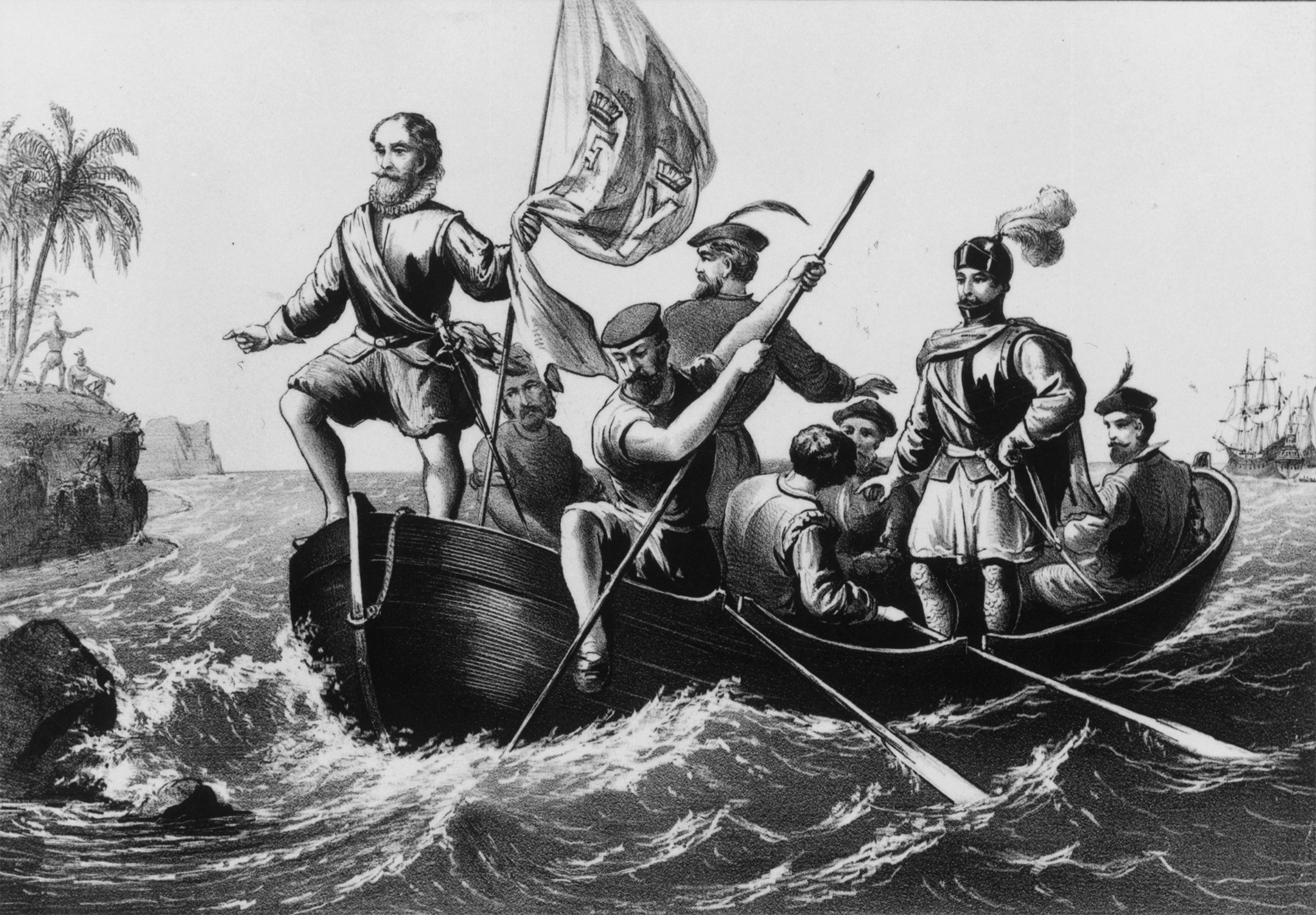
But the Indians only really took to the food when the Portuguese shared it with our colonies.
Such was the craze for potatoes that by the time the British had colonised India, the Portuguese would be their main suppliers of the root and in India the Europeans were their main customers, kind of refusing to share it with the common folk. I imagine the old Portuguese colonialists like potato peddlers of their time, teaching the common Indian folk how to farm the food, dealing under the table and all that jazz.
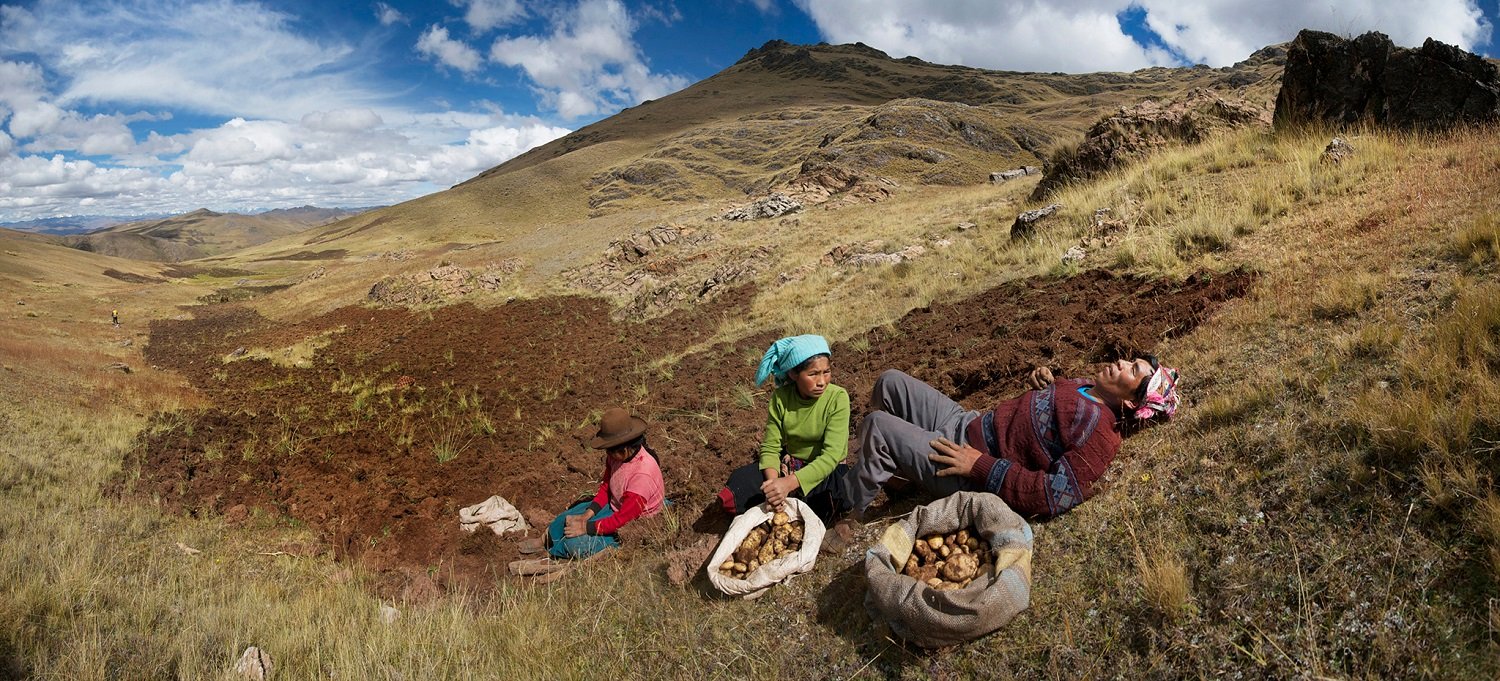
The first Indian potato farms were planted on the terraced slopes of Dehradun, around 1830.
The late Dr K. T. Achaya documented in his book ‘A Historical Dictionary of Indian Food’ that potatoes in India were first accepted only by Europeans and then by the Muslims. But it was the Dutch that really introduced the culture of potatoes to India, helping us plant some of our first ever potato farms for local consumption. And that my friends is why you know them as batata today; the Portuguese/Spanish word for the tuber.
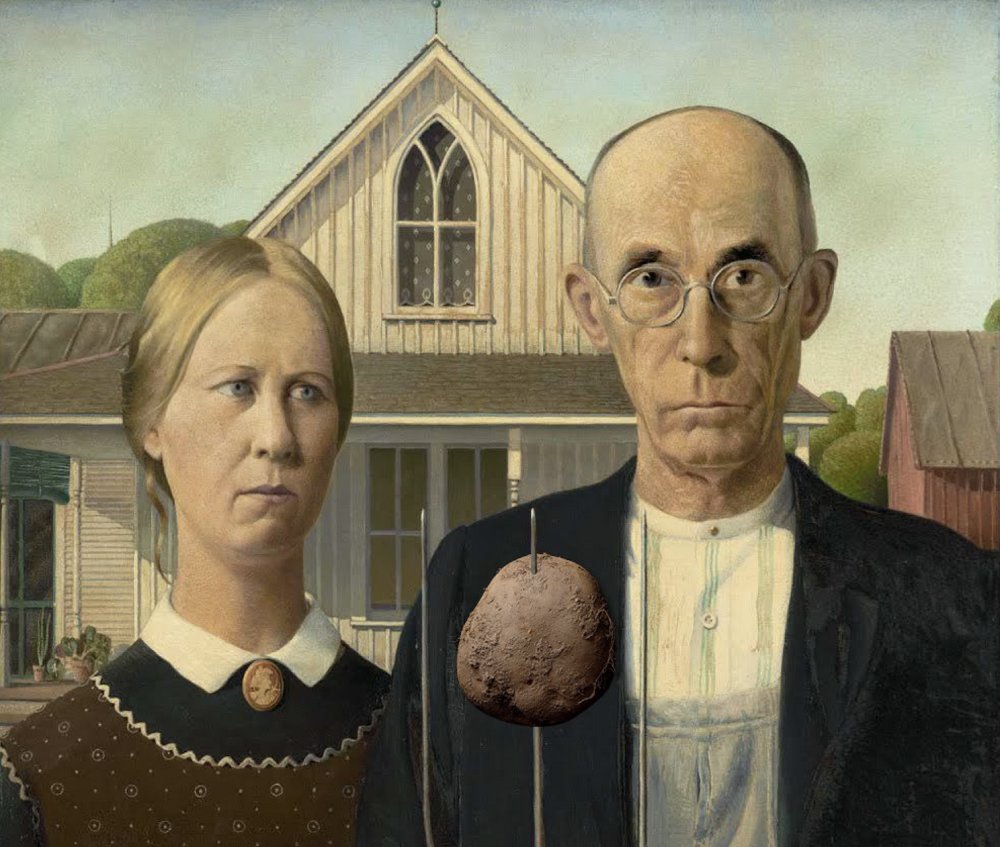
Four centuries, a colonisation and 8 regional centres of the Central Potato Research Institute later, India now has over 1,200 potato varieties and have produced 40 high yielding ones. Apart from which, we are part of the global group that is sequencing the genome of the potato, which has 12 chromosomes and 840 million alphabets in its DNA sequence. I’m not too sure what all this means, but it sounds like our potatoes are bloody delicious, and the best in the world.




